No matter how you slice it, certain foods have a tendency to induce flatulence. You probably have a mental list of the usual suspects (remember the childhood rhyme about beans?), but it's not just legumes that can lead to excessive gas. In fact, a wide array of foods can contribute to unabated tooting.
Interestingly, many of the foods known to cause gas are actually incredibly nutritious. Consequently, completely eliminating them from your diet may not be desirable. However, if you find yourself in a situation where you need to keep your gas levels in check—for an important meeting, a romantic date, or any other valid reason—it may be wise to moderate your consumption of the following foods. Keep reading to find out more.
1) Oats:

While oatmeal is generally a nutritious breakfast choice, it contains a high amount of fiber that can contribute to gas production. Fiber is a type of carbohydrate that the body cannot fully digest, so it gets broken down by bacteria in the large intestine, resulting in the release of gases like methane and hydrogen sulfide. To reduce the gas-causing potential of oats, you can try cooking them with water only and adding digestion-friendly ingredients like lemon, ginger, fennel, or peppermint.
2) Flax Seeds:
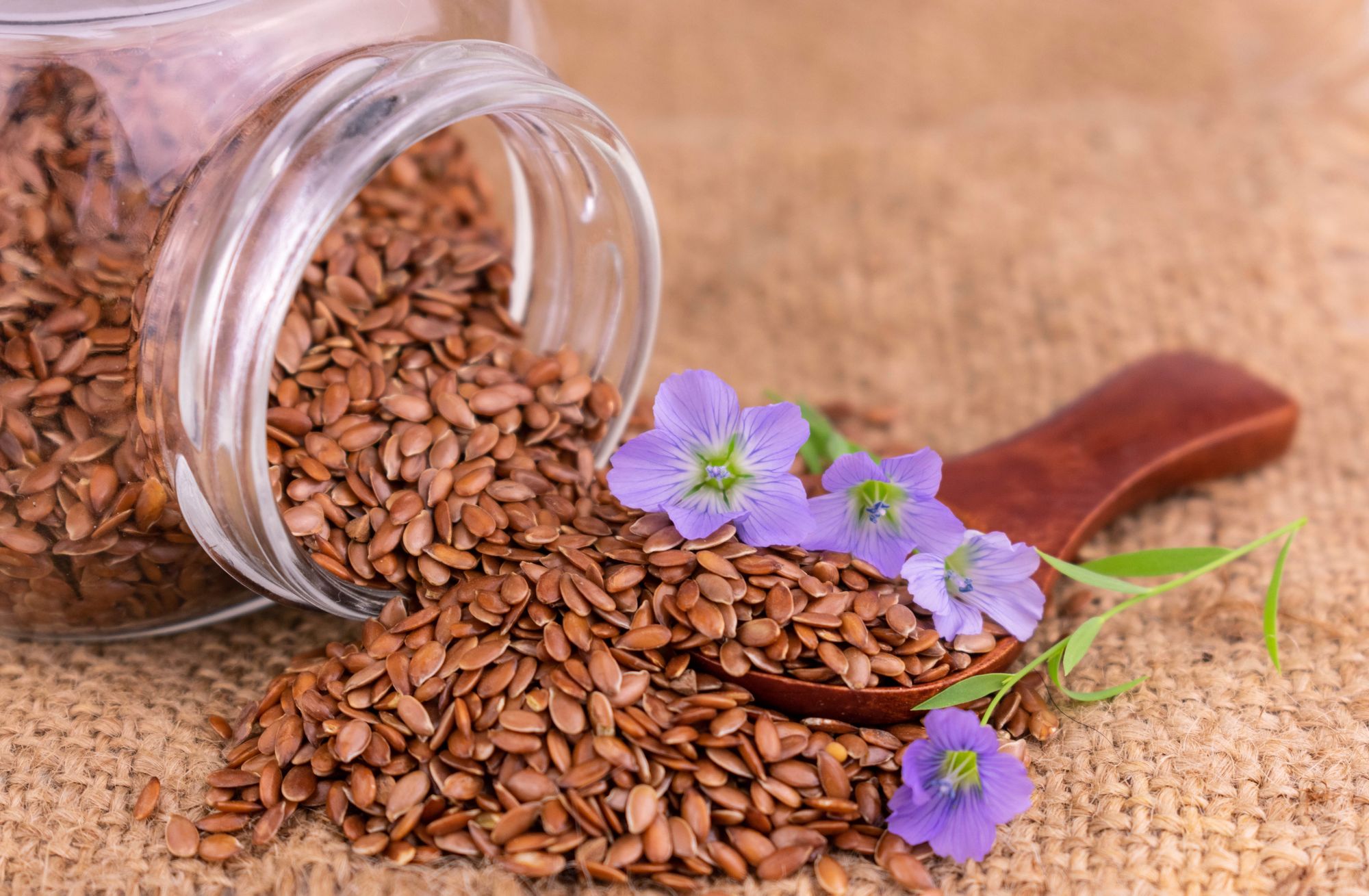
Flax seeds and chia seeds, despite being healthy additions to meals, can also lead to gas due to their high fiber content. The human body struggles to break down and fully digest the fiber present in seeds, leading to bloating and gas. To minimize these effects, it is advisable to consume ground chia or flax seeds. Not only does this reduce the gas-producing potential, but it also enhances the fiber and healthy fat content when incorporated into smoothies, puddings, or other recipes.
3) Beans:
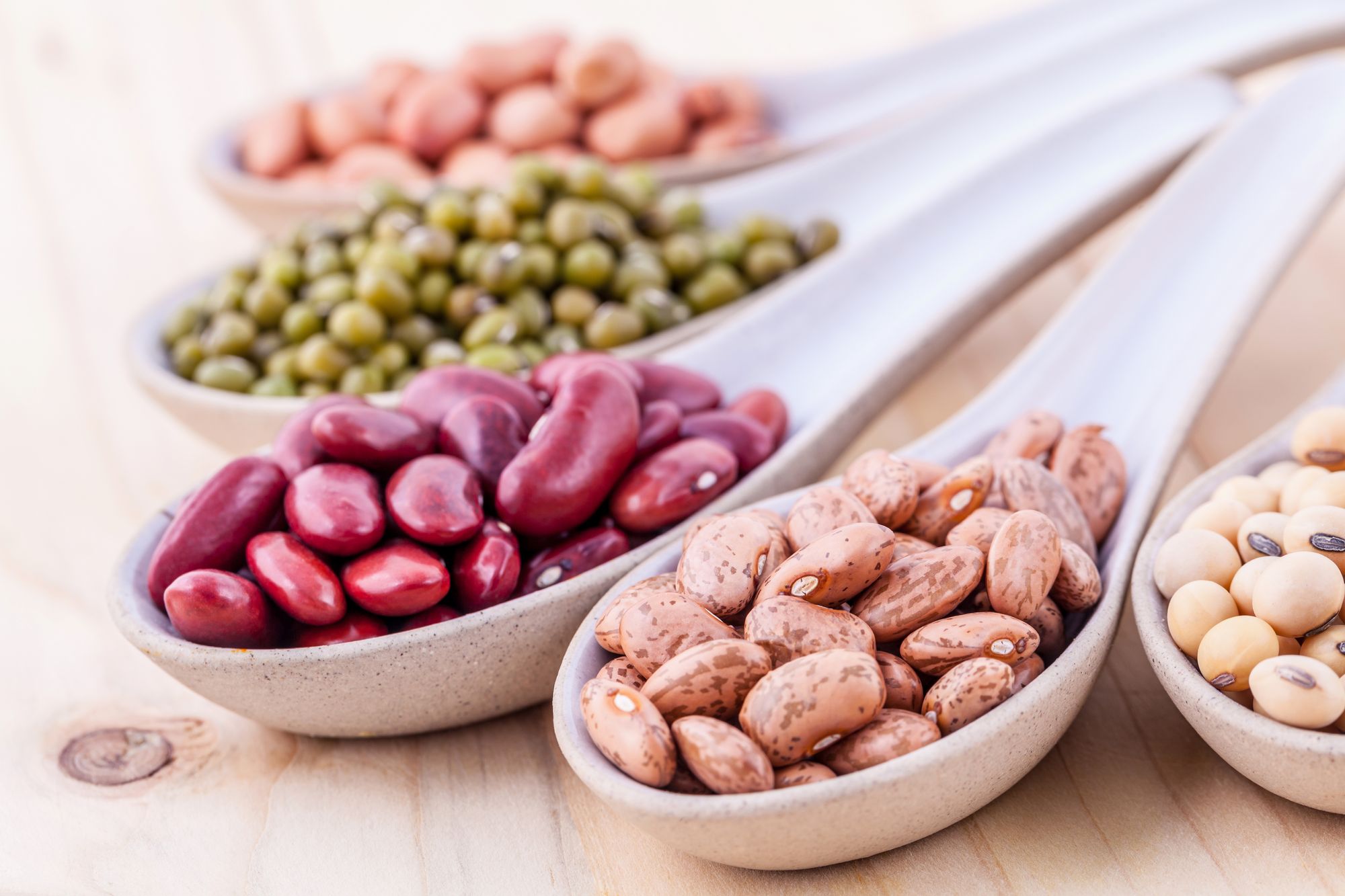
Beans are notorious for causing gas, and that's because they contain complex sugars called oligosaccharides. These sugars are not easily broken down by the enzymes in our digestive system, resulting in fermentation by gut bacteria and the subsequent production of gas. To reduce the gas-causing potential of beans, you can soak them overnight before cooking. This soaking process helps to decrease the oligosaccharide content, making them easier to digest.
4) Lentils:
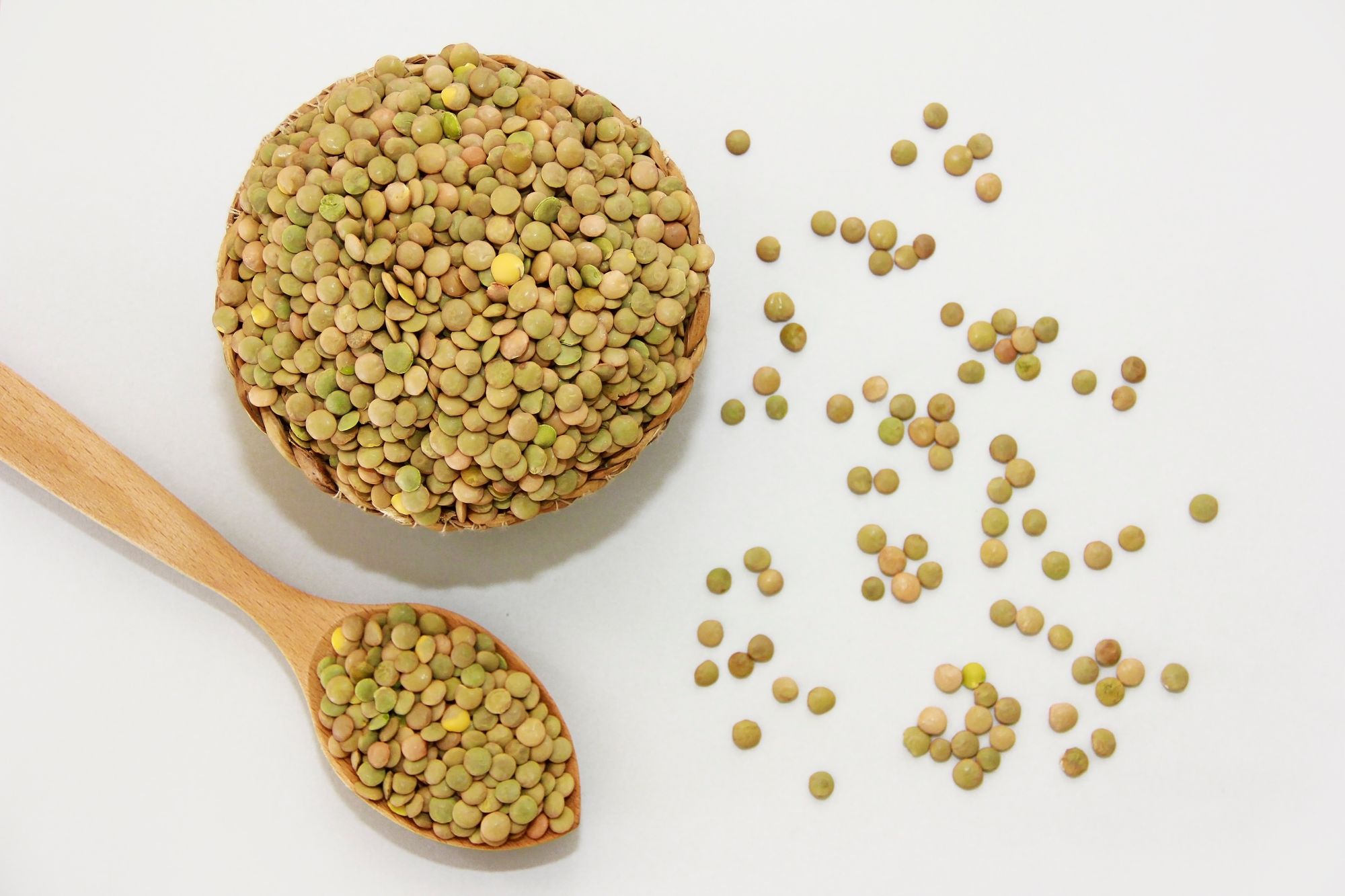
Similar to beans, lentils are rich in fiber and also contain FODMAPs (fermentable oligosaccharides, disaccharides, monosaccharides, and polyols). These carbohydrates can lead to excess gas and bloating, particularly for individuals with Irritable Bowel Syndrome (IBS). To minimize gas from lentils, it is beneficial to soak them overnight before cooking or opt for canned varieties. If using canned lentils, make sure to strain and rinse them thoroughly before consumption.
5) Sugar-Free Candy:
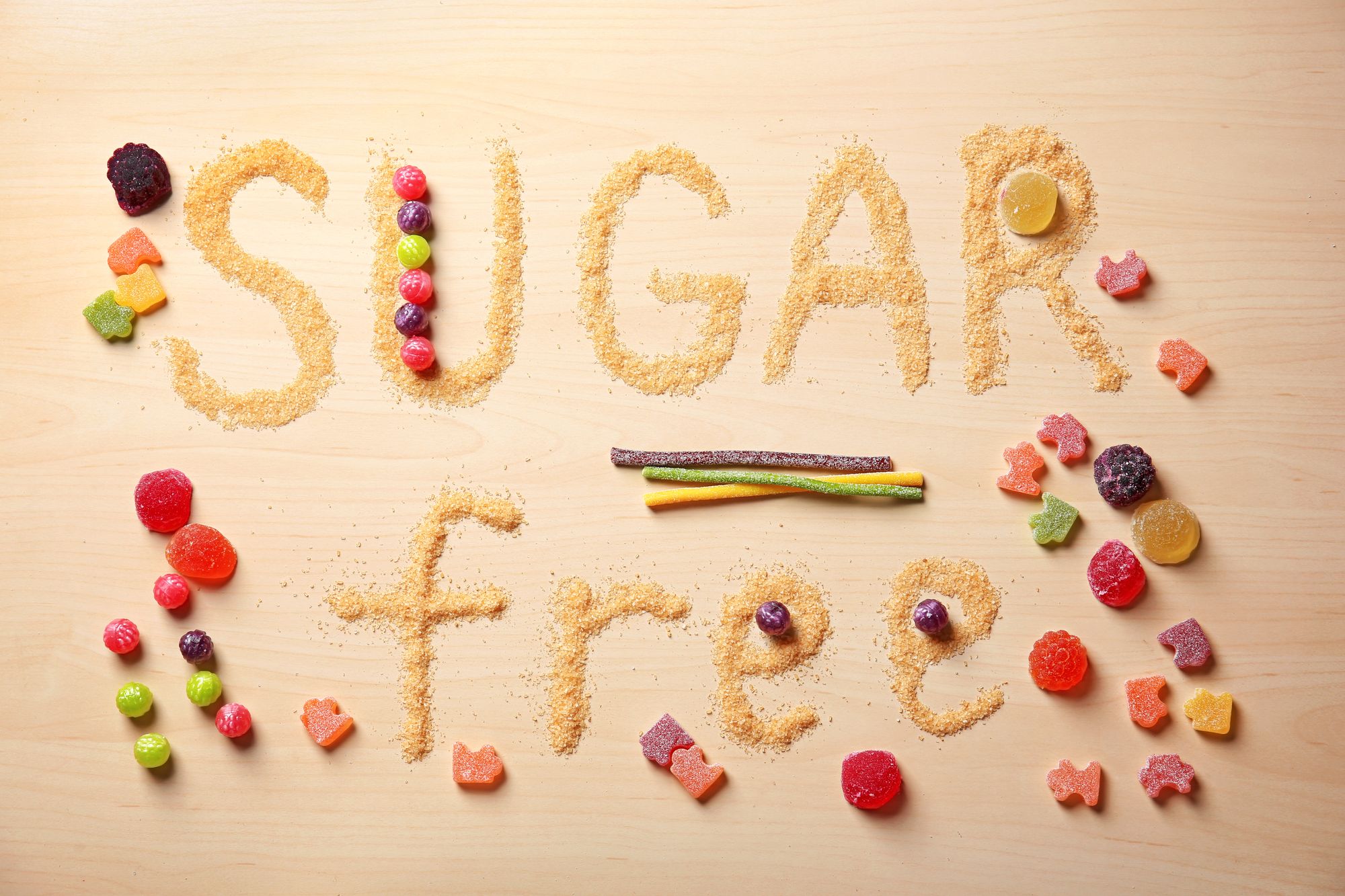
If you opt for sugar-free candies as a lower-calorie alternative, be aware that they often contain sugar alcohols such as sorbitol, mannitol, or xylitol. These sugar alcohols can undergo fermentation in the gut, leading to gas production. To prevent excessive gas, it is advisable to consume sugar-free candies in moderation.
6) Broccoli:

Broccoli belongs to the cruciferous vegetable family, and it contains raffinose, a complex sugar that is challenging to digest. As a result, this can lead to gas production. Although broccoli is highly nutritious, cooking it instead of consuming it raw and reducing portion sizes can help minimize gas-related issues.
7) Cauliflower:
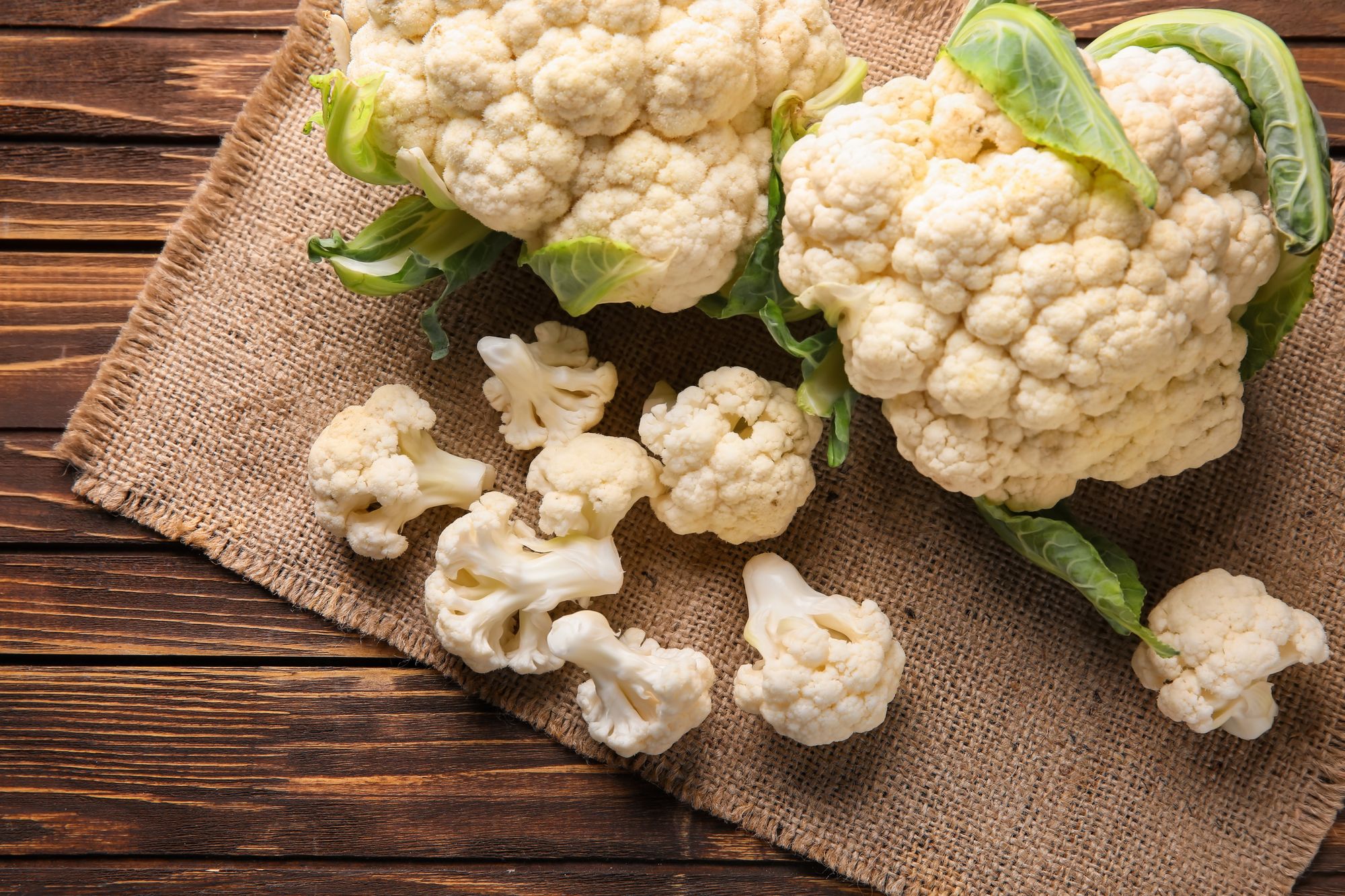
Cauliflower, another cruciferous vegetable, contains raffinose similar to broccoli. Pairing cauliflower with easily digestible foods like lean meats or white rice can help alleviate gas-related discomfort.
8) Milk:

Lactose, the sugar naturally present in milk, can cause gas and digestive discomfort for individuals who are lactose intolerant. Approximately 68% of the global population is estimated to have lactose intolerance. In such cases, opting for lactose-free alternatives like soy milk can be beneficial. Soy milk provides comparable protein content and is often fortified with essential nutrients like vitamin D and calcium.
9) Cabbage:

Cabbage is a high-fiber vegetable that can contribute to gas formation due to its raffinose content. Thoroughly chewing cabbage and minimizing the amount of air swallowed while eating can help reduce gas production.
10) Cheese:
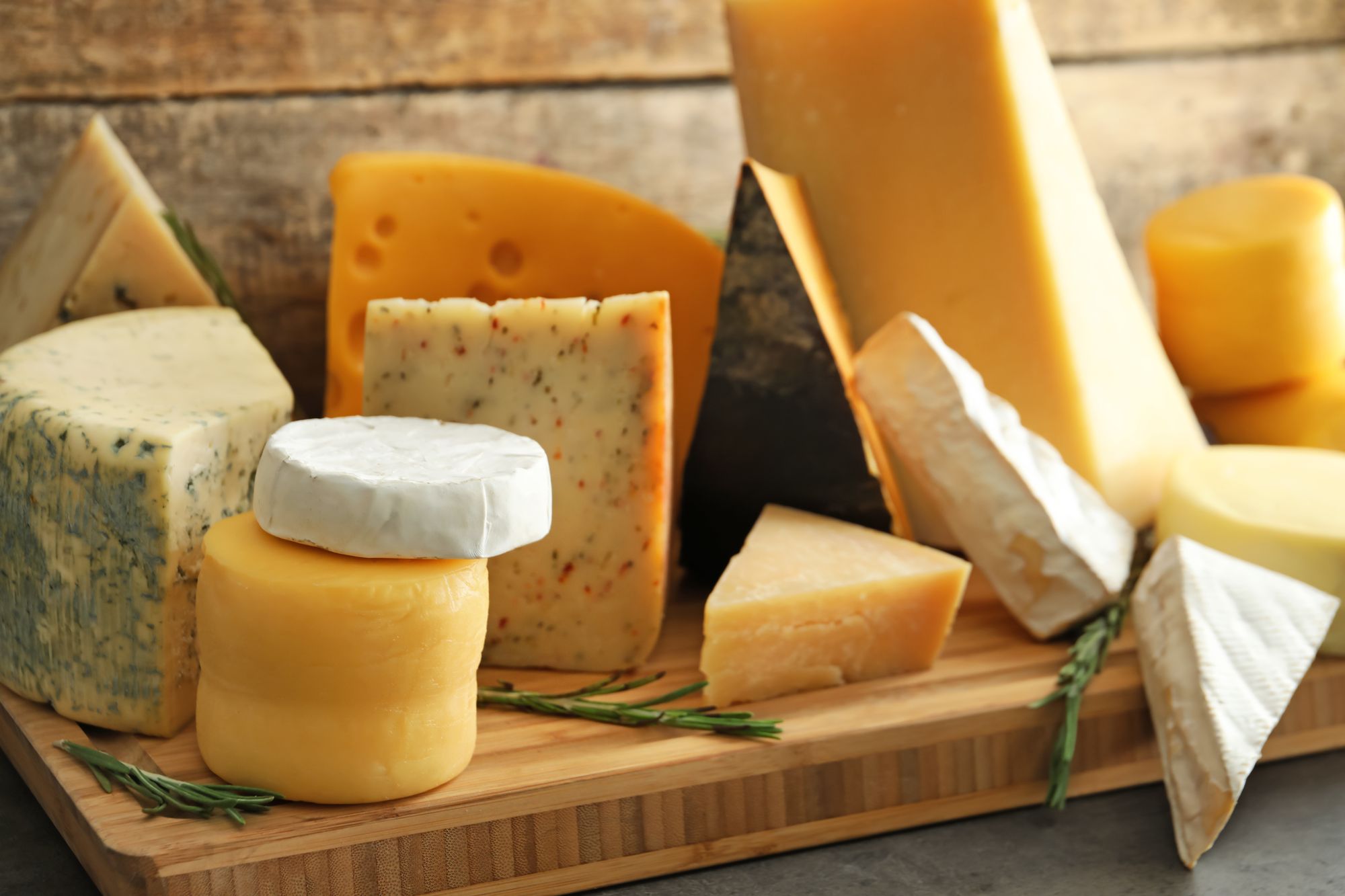
Certain cheeses contain lactose, which can cause gas and bloating in lactose-intolerant individuals. However, not all cheeses have high lactose content. Hard cheeses like Swiss or cheddar are typically lower in lactose and are less likely to cause symptoms.
11) Snack Bars:

When selecting granola bars or protein bars, it is important to check the ingredient labels for additional fibers known to cause gas. Ingredients such as locust bean gum, chicory root fiber, inulin, beta-glucan, and psyllium husk can contribute to gaseous effects. Choosing bars with lower levels of these fibers or opting for alternative snacks can help prevent gas-related discomfort.
12) Brussels Sprouts:

Brussels sprouts, like other cruciferous vegetables, can lead to gas formation due to their raffinose content. Adding digestion-friendly spices like caraway or turmeric during cooking can aid in digestion. Squeezing lemon juice while cooking Brussels sprouts may also help reduce gas production.
13) Chewing Gum:

Chewing gum can increase saliva production, and swallowing excessive air while chewing can contribute to gas buildup in the digestive system. Moreover, many chewing gums contain artificial sweeteners like sorbitol and xylitol, which are highly fermentable by gut bacteria, leading to gas production. For fresh breath, consider alternatives like mint tea or brushing your teeth after eating.

